Rowing Machines vs Ellipticals – A Detailed Comparison
Author:
Unlock your full potential by engaging with our experts and community! Have questions about your fitness journey or looking for expert advice on weightlifting techniques? Don’t hesitate — leave a comment below and Ihor Shymechko will provide a personalized answer and insights to help you reach your goals.
Torokhtiy is reader-supported. Some links are affiliate links, and we may earn a commission at no extra cost to you. See our disclosure page for details.
Performing cardiovascular exercise is a great way to improve your health and fitness, burn calories, and reduce the risk of a range of cardiovascular diseases. When it comes to choosing a cardio machine, you have a huge variety to choose from, including rowing machines, treadmills, ellipticals, and stationary bikes.
I’ve compared the rowing machine vs elliptical, looking at the most important factors, so you’re able to make the right choice next time you’re in a gym.
Rowing Machine vs Elliptical? – Rowing machines combine cardio with light resistance training, whilst ellipticals provide a low-impact joint-friendly cardio-based workout. Both can be used with success, with the correct choice coming down to personal preference and current workout goals.
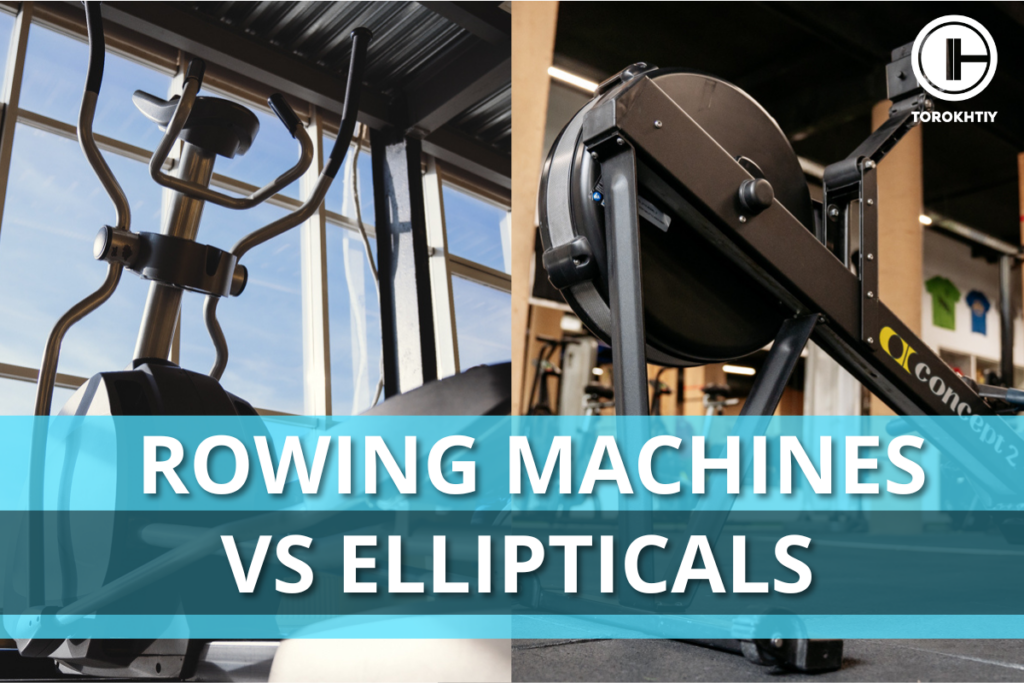
What Is a Rowing Machine?
A rowing machine combines cardio with light resistance training to provide a full-body workout that’s both fun and challenging. It consists of a sliding seat, a handle attached to a cable, fixed foot pedals, and a central resistance mechanism.
A rowing machine is designed to simulate the action of rowing a boat through the water. Whilst grasping a bar, you sit on a sliding seat and start the movement by pushing your legs away from the machine. As you push, you pull with your back and arms. Once you’ve fully extended the bar, reverse the movement and bring the cable back in.
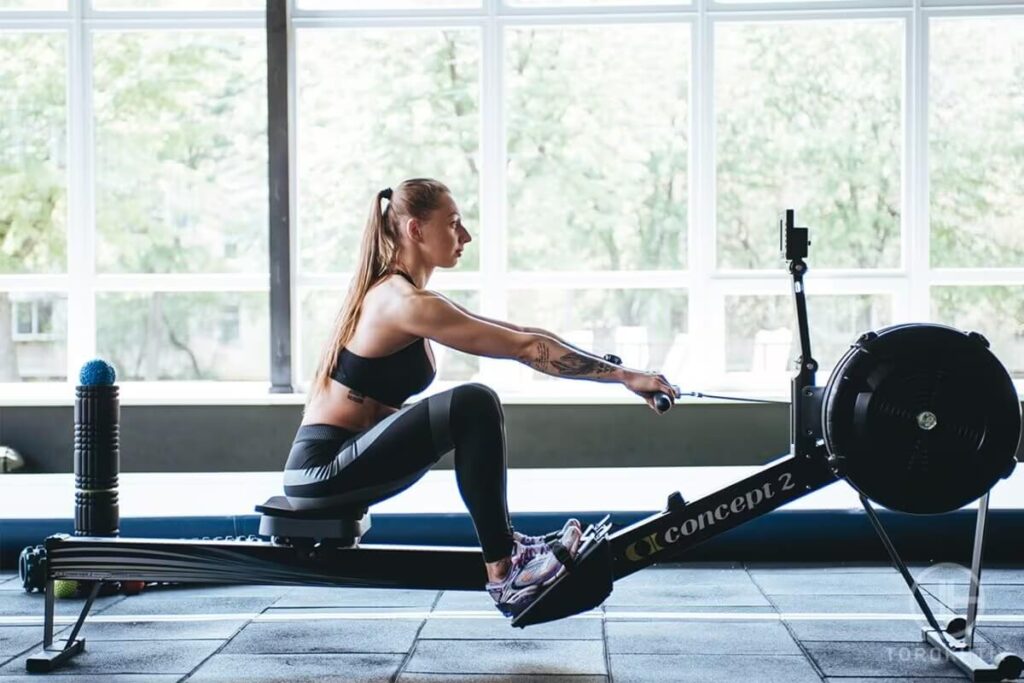
What Is an Elliptical?
An elliptical, also referred to as a cross trainer, is a cardiovascular machine that combines walking and stair climbing movements. It uses a set of handles and foot pedals fixed onto an axis that rotates around as you use your arms and legs to push. Ellipticals consist of foot pedals, handles, a frame, and a resistance mechanism.
As your feet stay on the pedals at all times, ellipticals provide a joint-friendly low-impact way to exercise and allow you to work both your upper and lower body depending on how you use it.
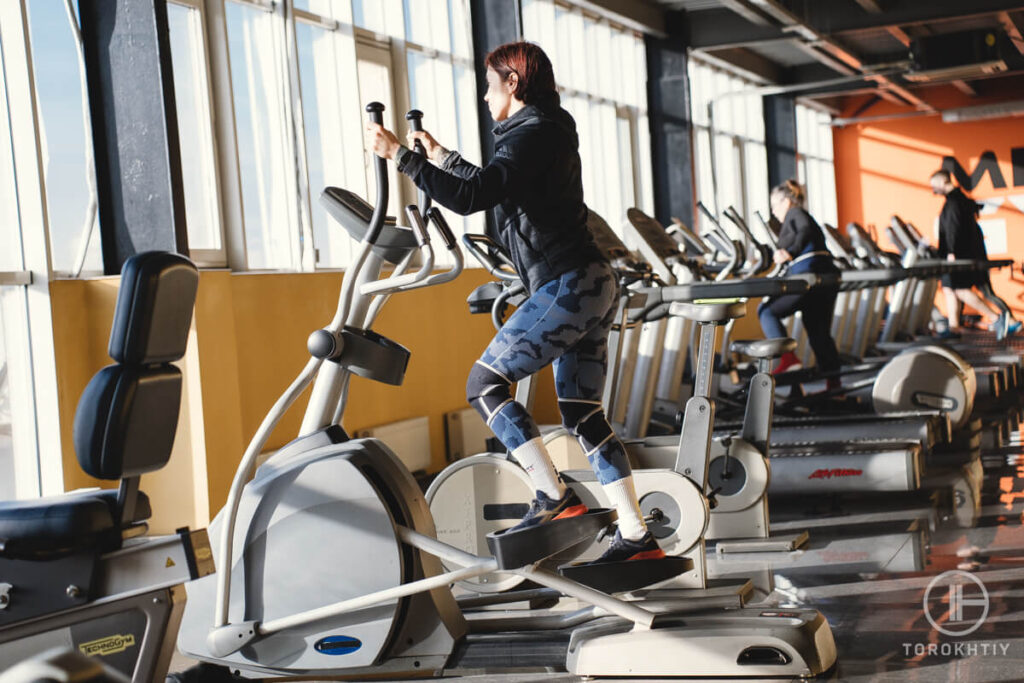
Rowing Machine vs Elliptical
Whilst both machines offer whole-body workouts with lower impact, the main differences relate to the movement pattern and exercise practicality. Let’s look at the elliptical vs rowing machine differences in more detail:
1. Muscles Worked
Both the elliptical and rowing machines target major muscle groups but have different movement patterns, meaning they work different muscles.
Ellipticals primarily engage the quadriceps, glutes, calves, and arms muscles. Rowing machines primarily target the back muscles, quads, hamstrings, and glutes.
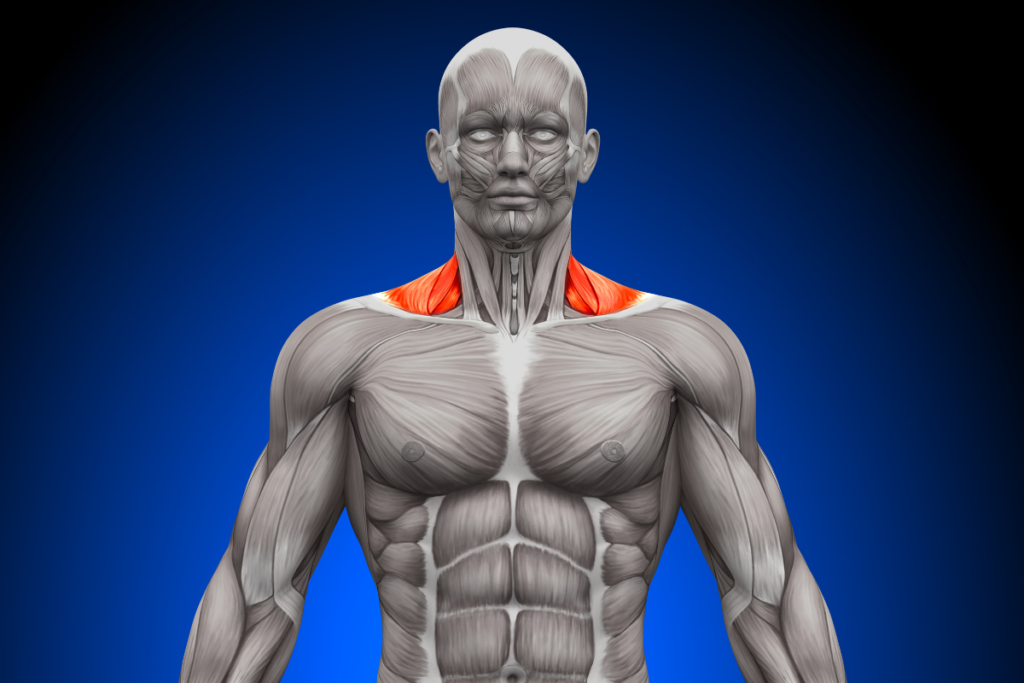
2. Exercise Movements
Perhaps the biggest difference between the two machines is the type of movement and plane of motion used. Ellipticals are upright, meaning you need to exercise in a standing position. You move on the sagittal plane in an upright position, with your arms moving in punching motions whilst your legs move in strides.
Rowing machines are performed as a seated exercise, where you row through the sagittal plane but in a horizontal movement pattern. Your upper body performs a rowing movement, whilst your legs go into a squat-like position.
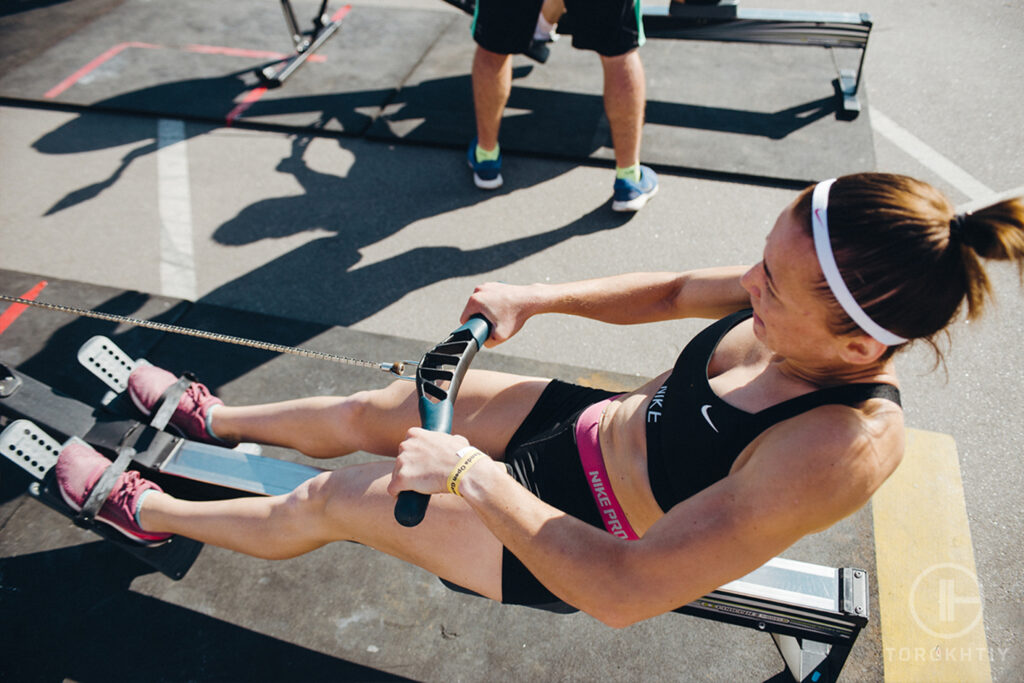
3. Space Requirements
Both machines have a fairly large surface area, meaning they take up a decent portion of your home gym. Ellipticals take up a lot of vertical space, meaning you may need to measure the height of your home gym to check if it will fit with you on it. Rowing machines tend to be slightly longer, with some having foldable designs allowing you to store them away if needed.
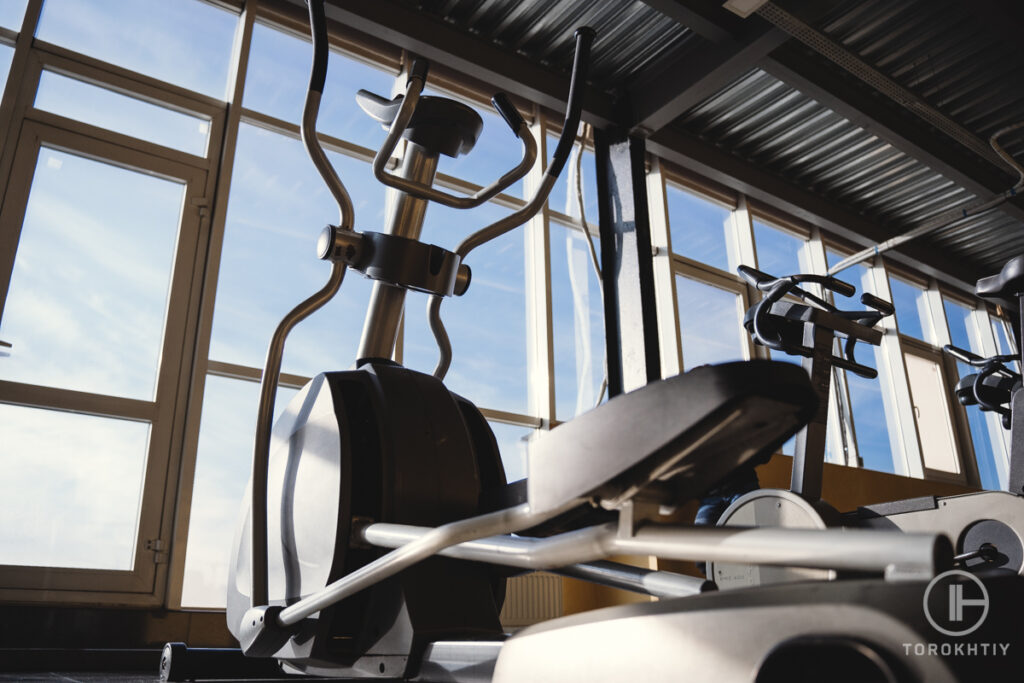
4. Workout Goals
Whatever your working goals, both an elliptical or rowing machine can likely cater to them. Rowing machines combine light resistance with cardio, with a push using the legs and pull using the core and arms. They involve using your strength to pull the bar back, followed by a brief recovery period.
If you’re looking to gain muscular endurance and strength whilst burning some calories, the rowing machine is probably a better option.
Ellipticals use more of a circular cardio-based movement, with continuous stepping-type motions that don’t start or stop like a rower. This allows your muscles to feel a progressive burn as you exercise, and makes the elliptical more suited to cardio-based movements.
That being said, a rower will still be an excellent cardio machine that will be very effective in improving your conditioning.
5. Price
In terms of price, entry-level machines for the elliptical and rower can cost anywhere from $200-$800 depending on the chosen brand. If you’re looking for more expensive models, a commercial-grade elliptical can be considerably more expensive at around $2000-3000.
Rowing Machine vs Elliptical – Summary
If you’re looking for an effective cardio workout, both the elliptical and rowing machine are great options. The rowing machine targets the upper body more, whilst the elliptical targets mostly legs. Both use different movement patterns, with the rowing machine combining light resistance with cardio.
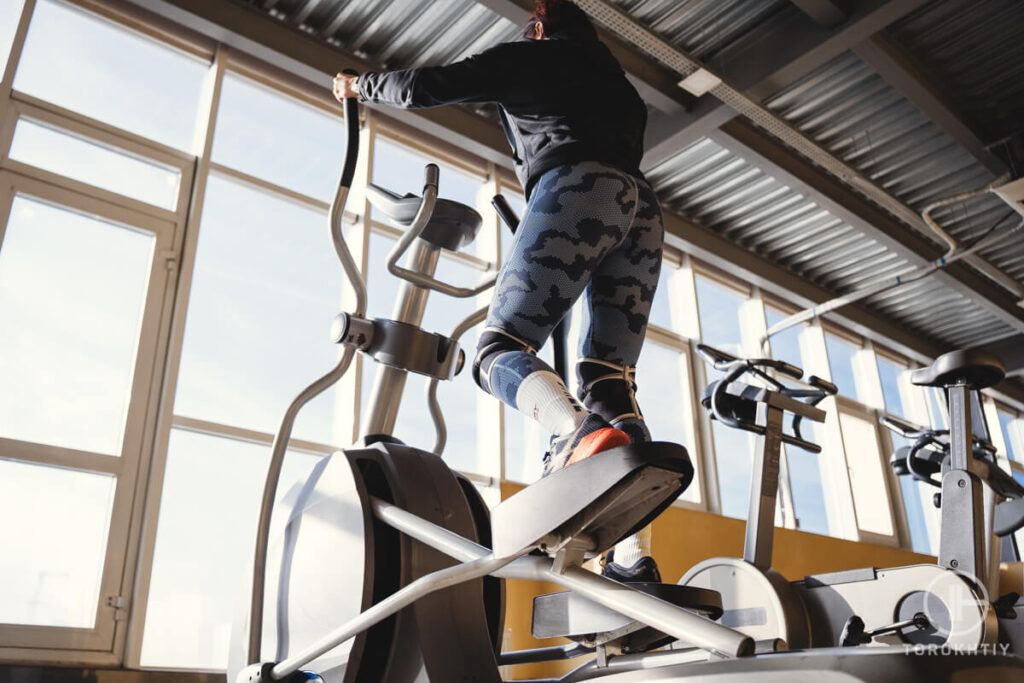
Pros and Cons of a Rowing Machine
Positives:
Could be better:
Pros and Cons of an Elliptical:
Positives:
Could be better:
Rowing Machine vs Elliptical – When to Use Each?
With the pros and cons of both machines discussed above, in what situation should you use the rowing machine or elliptical and why?
The right choice mainly depends on your workout goals and physical health. If you’re in good physical health, and you want to build more endurance whilst burning more calories, a rowing machine is probably the best option. Rowing machines are also great for fitness-style workouts.
If you’re looking for a normal low-impact cardio workout that’s joint-friendly and well-suited for beginners, the elliptical is probably the better option. Ellipticals often have built-in device holders, allowing you to watch your favorite movie or read whilst exercising over a longer period.
When looking for the right rowing machine or elliptical, the options below offer great choices that are well-designed:
Concept2 Indoor Rowing Machine
- Item Dimensions: 96 L x 24 W x 14/20 H (depending on model) inches
- Item Weight: 57 lbs/68 lbs
- Resistance Type: Air Resistance
- Display: Advanced PM5 Performance Monitor
- Drive Mechanism: Flywheel
- Weight Capacity: 500 lbs
- Warranty: 5-year frame, 2-year parts
- Materials: Aluminum Monorail, Stainless Steel Track, Plastic
- Additional Features: Device Holder, Adjustable Monitor Arm, Caster Wheel, Flex foot Footrests Housings
The Concept2 Indoor Rowing Machine is a high-quality piece of gym equipment that’s made from stainless steel and aluminum that’s designed to hold up to 500 lbs. It measures 24″ D x 96″ W x 14″ H and separates into 2 pieces for easy storage. It also comes with carry wheels on the front for easy portability.
You can store it vertically so it won’t take much space when you don’t work out.
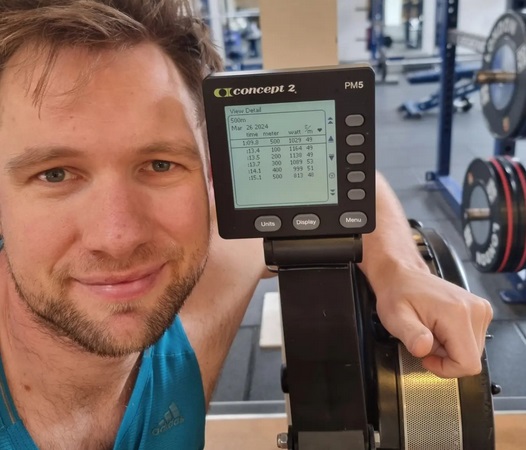
With a 14″ seat height, adjustable footrests, and an ergonomic handle, the Concept2 suits most users’ comfort and size requirements. At the front of the Concept2, the performance monitor measures time distance and intervals, with an easy-to-use configuration.
The wireless Bluetooth compatibility allows you to monitor your heart rate and connect to various apps.
Sunny Health & Fitness Magnetic Rower
- Product Dimensions: 89” L x 18.9” W x 23.6” H
- Product Weight: 60.9 lb
- Tension System: Magnetic
- Foldable: Yes
- Digital Monitor: Calories, count, time, total count, scan
- Resistance Levels: 8
- Floor Stabilizers: Yes
- Max User Weight: 250 lb
- Pedal Type: Non-slip w/ adjustable strap
- Warranty: 3 year structural frame, 180 days other parts and components
If you’re on a budget and need something that offers great value for money, the Sunny Health & Fitness Magnetic Rower is a great option. It’s made from alloy steel, supports up to 250 lbs, and measures 89″ D x 18.9″ W x 23.6″ H.
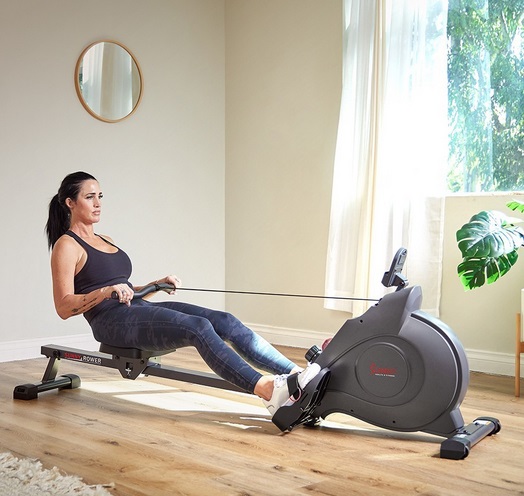
It has built-in transportation wheels, offers 8 magnetic resistance levels, and features a centrally located LCD console that monitors time, count, and calories burnt.
Sunny Health & Fitness Essentials Interactive Series Elliptical
- Product Dimensions: 39.4” L x 26.4” W x 59.8” H
- Product Weight: 60.8 lb
- Tension System: Magnetic
- Max User Weight: 220 lb
- Pedal Type: Non-slip
- Digital Monitor: Calories, distance, odometer, pulse, speed, time, scan
- Additional Features: Bluetooth, device holder, pulse sensor
- Resistance Levels: 8
- Warranty: 3 year structural frame, 180 days other parts and components
If you’re looking for a well-designed elliptical, Sunny Health & Fitness has produced the Essentials Interactive Series Elliptical. It’s made from steel, supports up to 220 lbs of user weight and measures 26.4″ D x 39.4″ W x 59.8″ H.
It features 2 pairs of handles, with one pair of stationary handles with pulse sensors sitting around the centrally located LCD. The monitor measures calories, distance, speed, time, and heart rate.
The handy device holder allows you to connect to the Sunny Health & Fitness App that links up to the console using Bluetooth. If you’re looking to change your workout intensity, twist the black knob to choose from 8 levels of resistance. The frame also features transportation wheels for easy portability.
FAQ
Is a rowing machine better than an elliptical?
Rowing machines and ellipticals both provide suitable cardio options with a few key differences. Rowing machines burn more calories, making them better for people who want to lose weight, whilst ellipticals provide a more joint-friendly exercise option.
Are ellipticals and rowing machines the same?
When comparing the rower vs elliptical, they are both classed as cardio machines, but use different movement patterns and therefore different muscles. They are both versatile pieces of equipment that are suitable for beginners and provide a whole-body workout.
Conclusion
So, which is better an elliptical or a rowing machine? Both machines provide excellent cardiovascular workout options, with the different movement patterns determining the more suitable uses of each.
Ellipticals are low-impact, joint-friendly cardio machines that are well-suited for beginners and those looking to relax a little more when working out. Rowing machines are better suited if you’re looking to build muscular endurance alongside burning more calories, albeit at a higher intensity than ellipticals.
Which machine do you prefer? Have you tried both of them? Let me know!
Also read:
- Stairmaster Vs Elliptical
- How Long On Elliptical To See Results
- Rear Drive Vs Front Drive Elliptical
- Peloton Vs Elliptical
- Best Commercial Elliptical
- Elliptical vs Stair Climber
- How to Use an Elliptical
- Does Elliptical Build Muscle
Referenses:
- Aerobic exercise // Wikipedia: https://en.m.wikipedia.org/wiki/Aerobic_exercise
- A List of 14 Types of Cardio Exercises to Get You Moving // Health Line: https://www.healthline.com/health/fitness-exercise/cardio-exercises-list#The-Takeaway
- How to Use a Rowing Machine // WebMD: https://www.webmd.com/fitness-exercise/how-to-use-rowing-machine
- Health Benefits of Elliptical Machine Workouts // WebMD: https://www.webmd.com/fitness-exercise/health-benefits-of-elliptical-machine-workouts
- 11 major muscle groups // YouTube: https://www.youtube.com/watch?app=desktop&v=4lXnrckRKPA
- Photos by Torokhtiy Media Team; decade3d, Canva.com.
Why Trust Us?
With over 20 years in Olympic weightlifting, strength training, nutrition coaching, and general fitness our team does its best to provide the audience with ultimate support and meet the needs and requirements of advanced athletes and professional lifters, as well as people who strive to open new opportunities and develop their physical capabilities with us.
By trusting the recommendations of our certified experts in coaching, nutrition, and sports training programming, as well as scientific consultants, and physiotherapists, we provide you with thorough, well-considered, and scientifically proven content. All the information given in the articles concerning workout programming, separate exercises, and athletic performance, in general, is based on verified data.
The product testing process is described in more detail here.
Author: Ihor Shymechko
Pro Olympic Weightlifter, Coach
Best Results: Snatch – 208 kg,
C&J – 240 kg
Ihor has been a professional weightlifter since 1996, boasting over two decades of competition experience. His notable achievements include clinching the European Championship in 2009 and securing a silver medal in the 105kg division at the Senior World Championships in 2011. Ihor represented his country in the 2008, 2012, and 2016 Summer Olympics. After retiring from competitive weightlifting, he transitioned to coaching, leveraging his vast experience to guide athletes who now compete on both national and international stages.



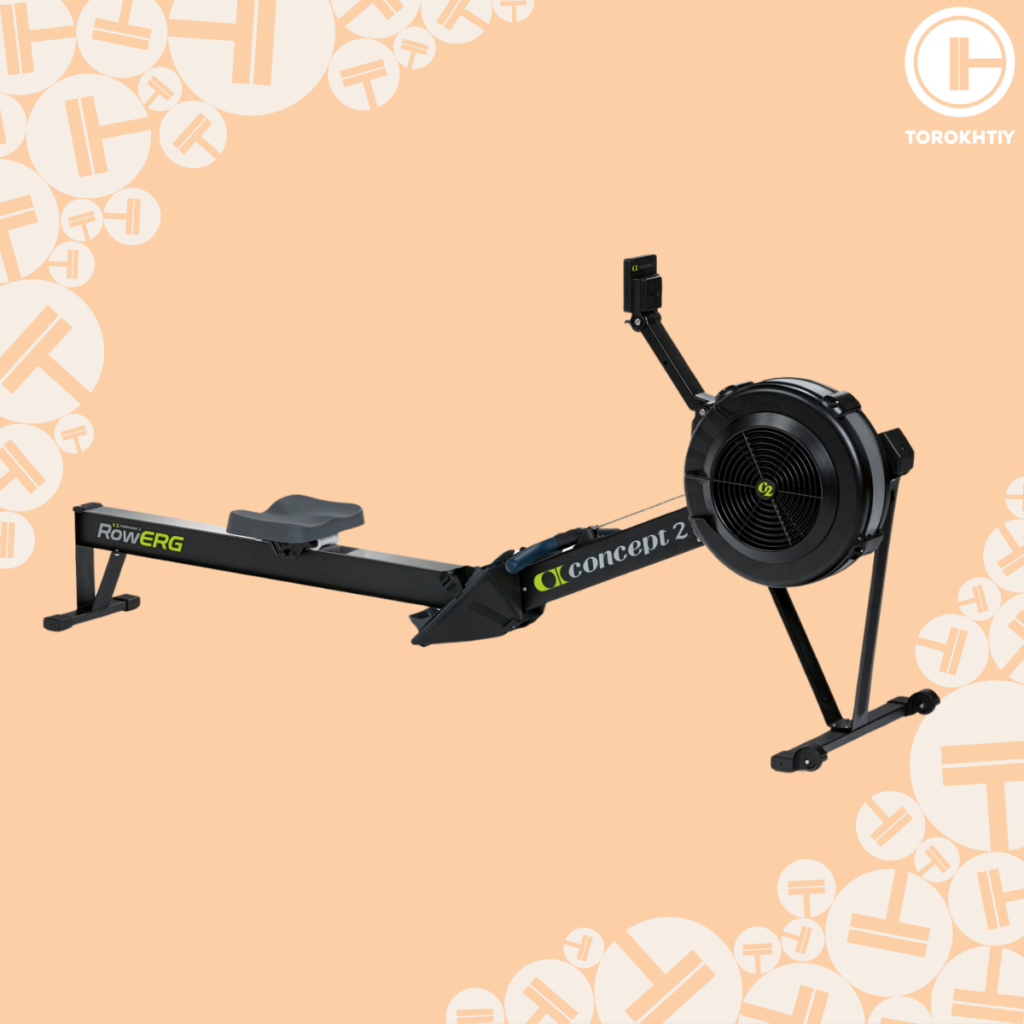
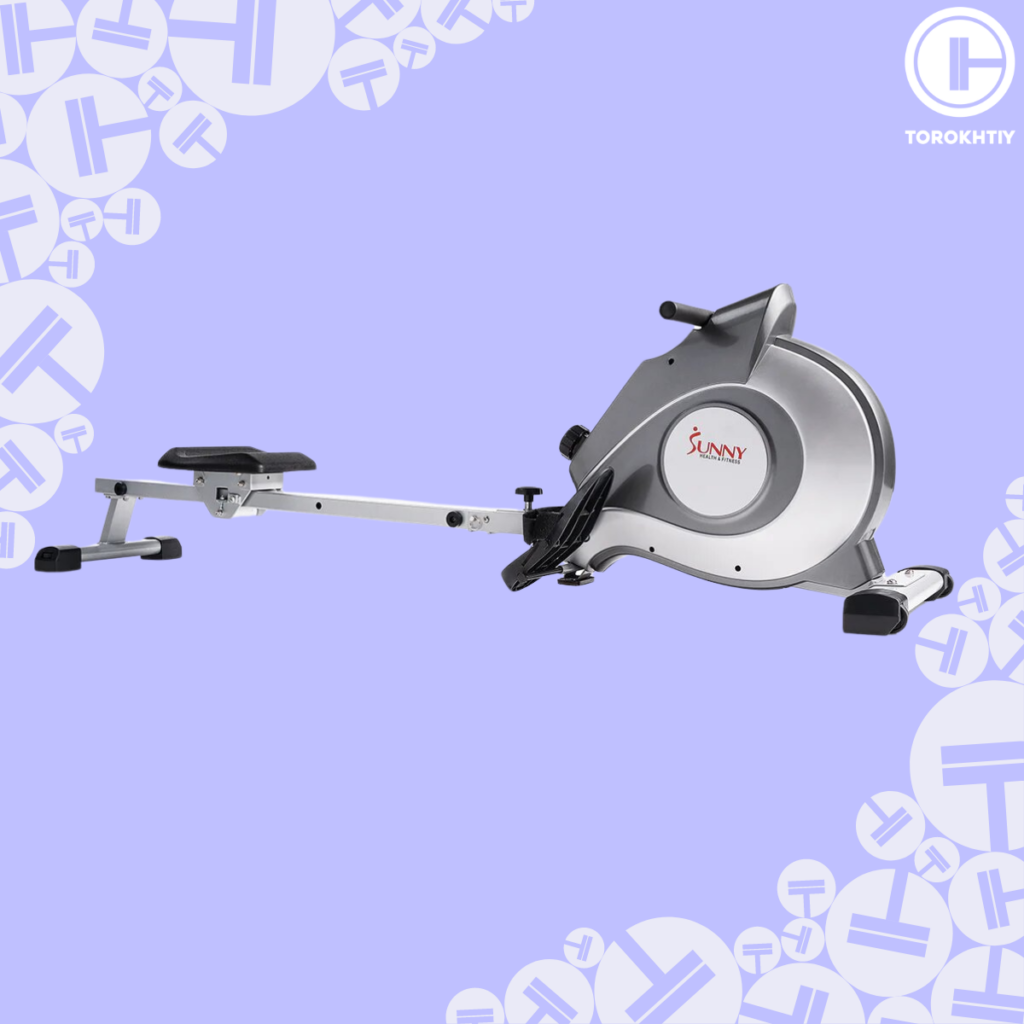
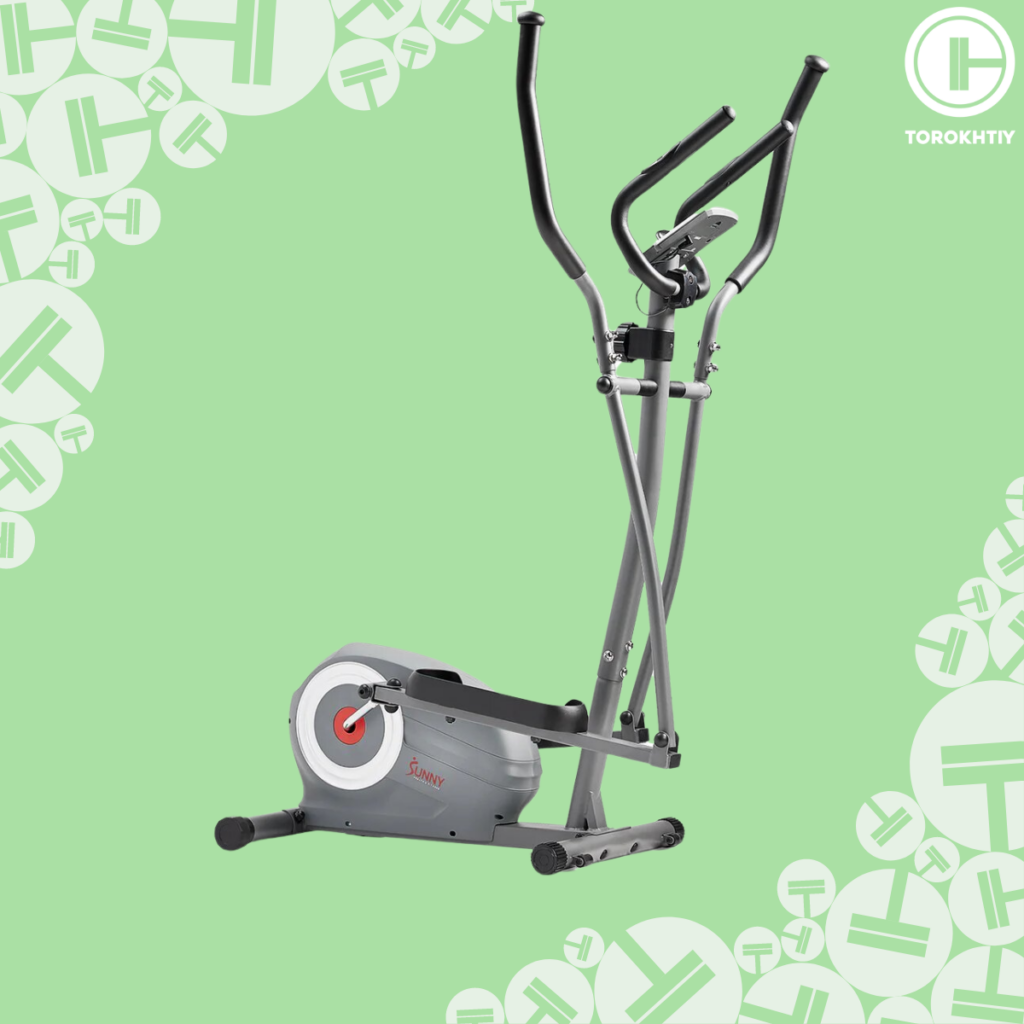
Still have questions after reading our article? Unlock your full potential by engaging with our experts and community! Don’t hesitate — leave a comment below and Ihor Shymechko will provide a personalized answer and insights to help you reach your goals.